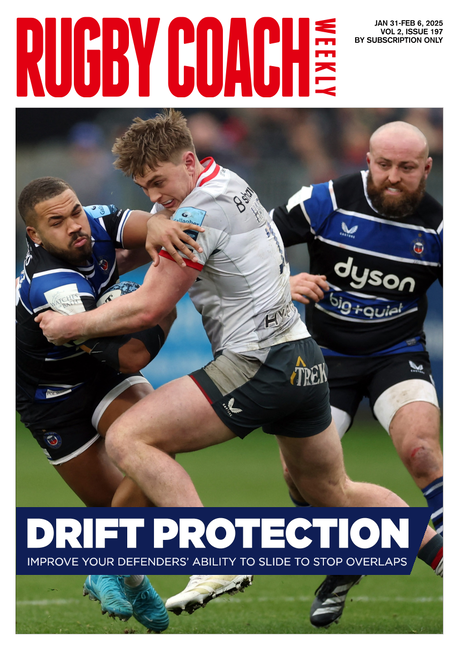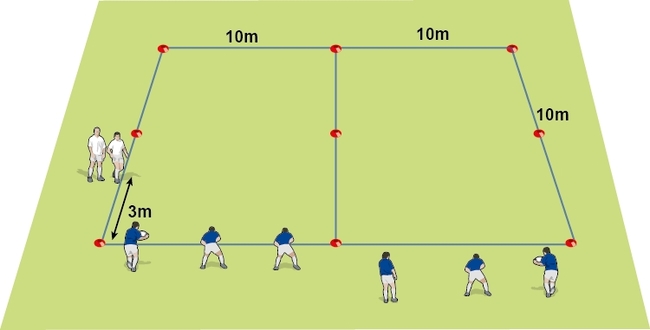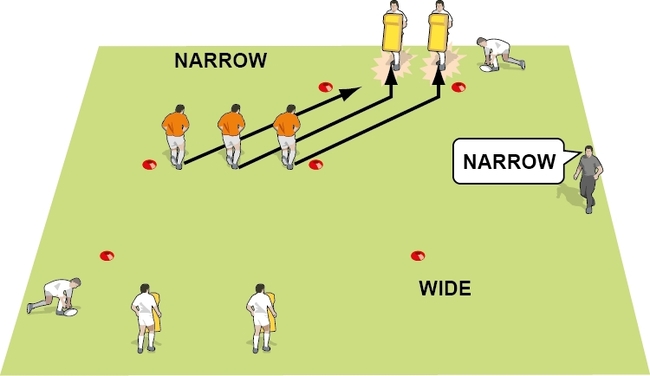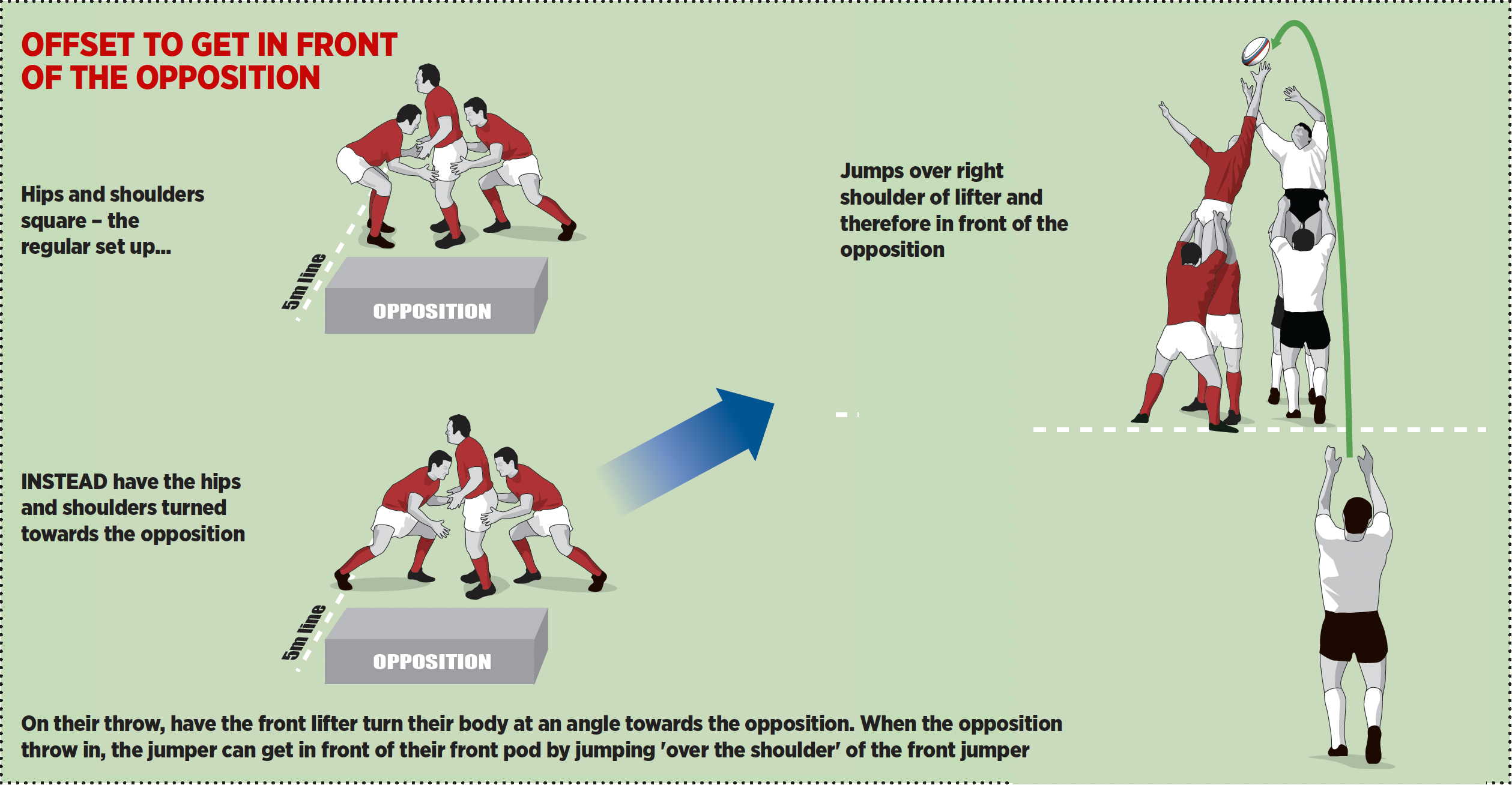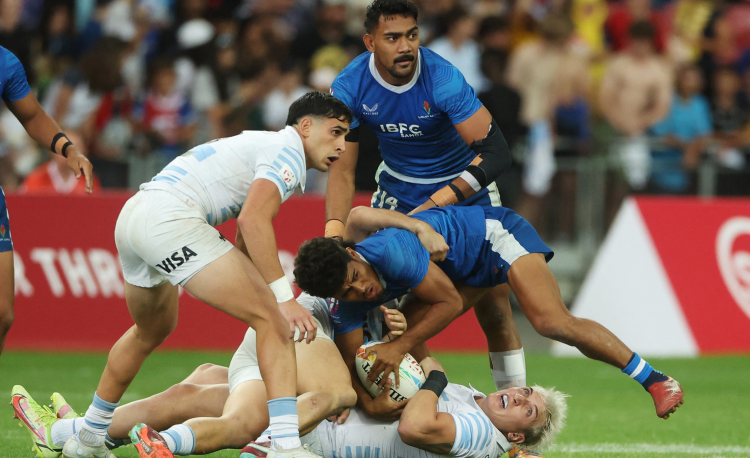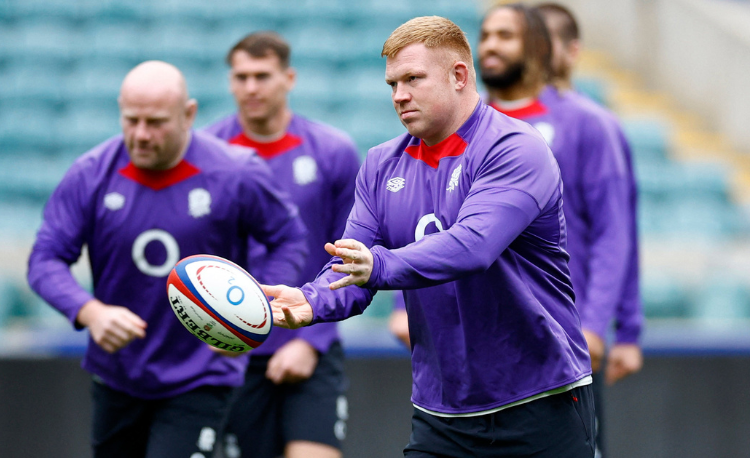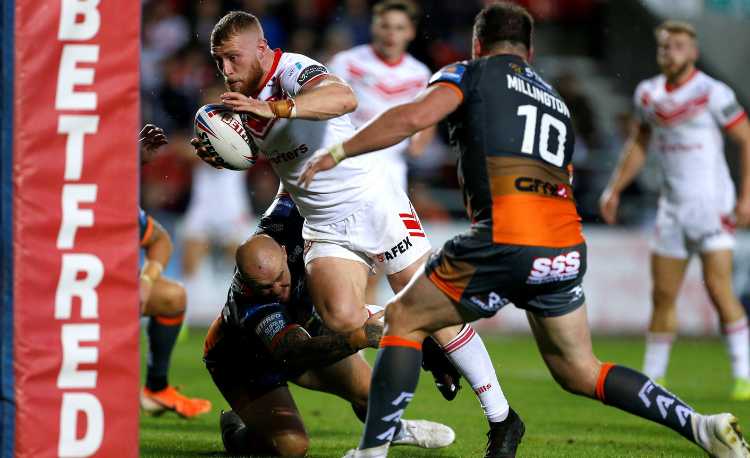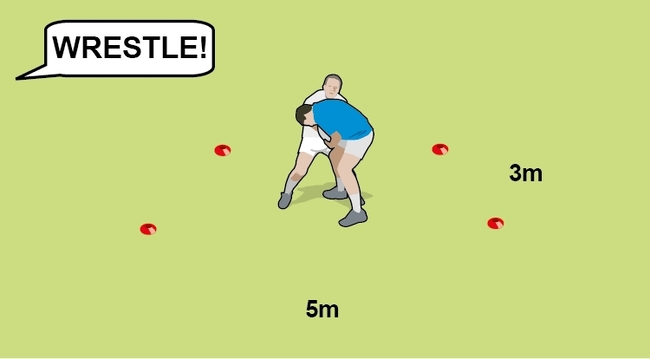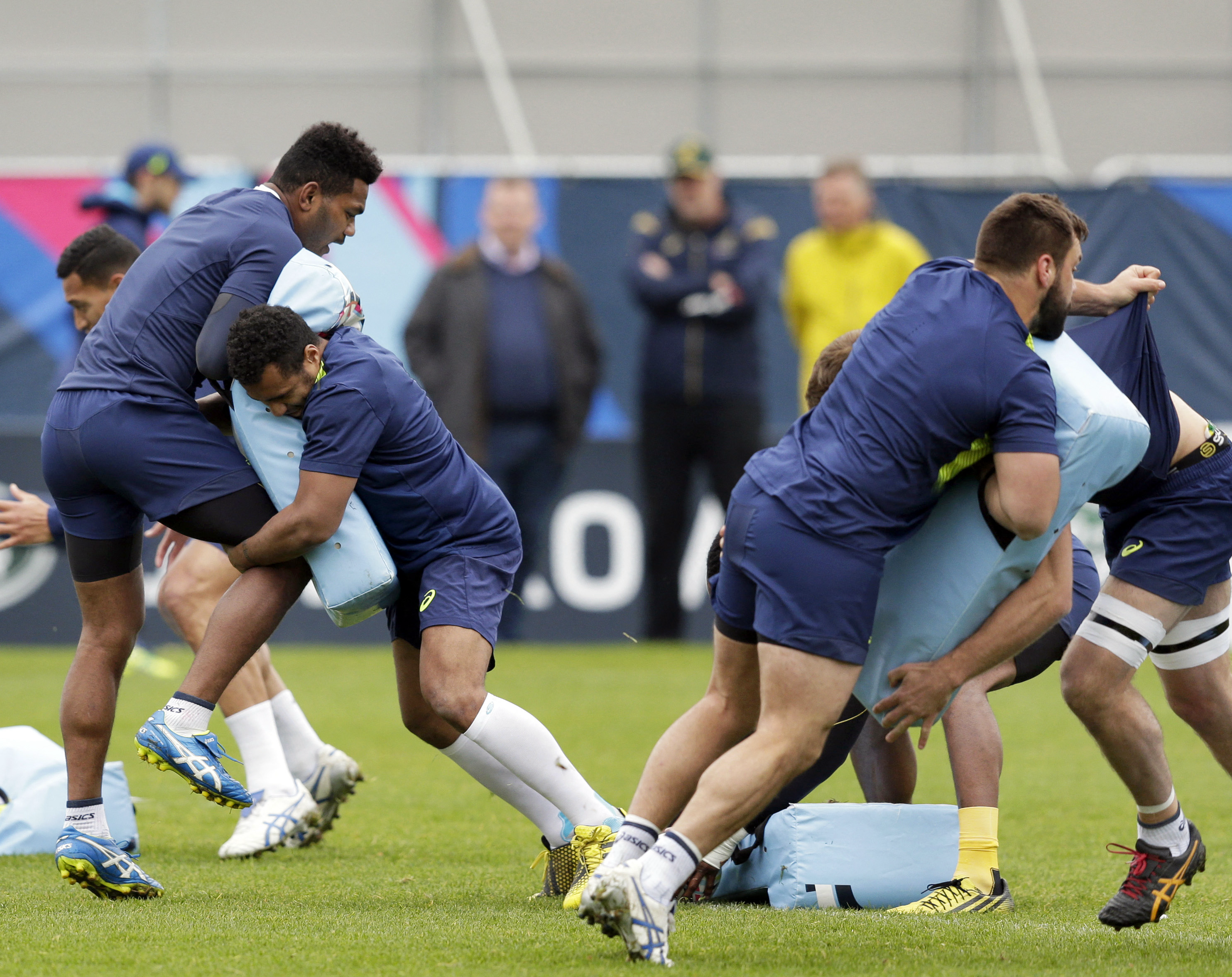5 ways to think better defensively
Defenceby Dan Cottrell
Follow these 5 important tips to make sure you cover the key areas of defence, even if you don't have the resources to have a specialist defence coach.
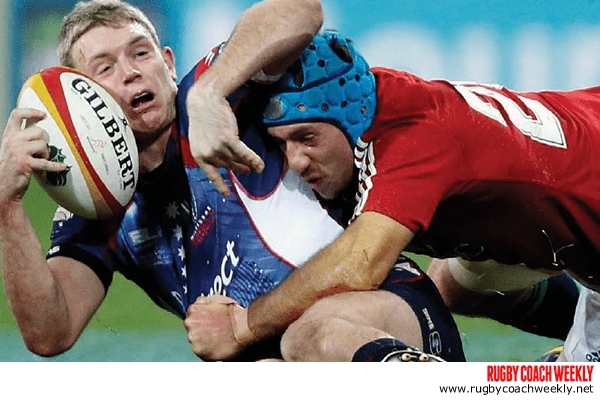
When your team steps onto the pitch, it has to have a clear plan for when not in possession. You have to know the roles, systems and procedures yourself before you can hope to convince the team.
The defence coach will contextualise this to make the players understand the sorts of tackle they will be using and when. In a drift defence, it might be more side-on, near to the ruck it will be low and in a rush defence, front-on. A defence coach will be creating defensive scenarios for players to practise their tackling.
In multi-phase games you will work on resetting the defence quickly at each ruck.

1. Start specialising
Like the set piece or kicking, defence is a specialist area which needs detailed attention. It cannot be something that is done as a reaction to a bad defensive performance. You decide what systems to run and what core skills to work on, then you communicate and implement it.When your team steps onto the pitch, it has to have a clear plan for when not in possession. You have to know the roles, systems and procedures yourself before you can hope to convince the team.
2. Put defence into context
Tackling, like passing and rucking, is a core skill. It needs to be practised in the same way, with individual players learning and improving their technical expertise.The defence coach will contextualise this to make the players understand the sorts of tackle they will be using and when. In a drift defence, it might be more side-on, near to the ruck it will be low and in a rush defence, front-on. A defence coach will be creating defensive scenarios for players to practise their tackling.
3. Design a system
A good defensive coach recognises the style of game that is played at his team's level and designs a system that matches that style. You might need to work on lots of set piece and second phase defence because the games you play in don't have many rucks. Or, close up defence because the teams you play against tend to use only a few passes.In multi-phase games you will work on resetting the defence quickly at each ruck.
4. Play to your strength
Like any unit system, you have to play to your strengths. Even the top defence coaches say they will not impose a system on a team they have just joined. They will develop a system based on what the players are capable of. You might prefer a "blitz" defence but your players may not have the requisite skills at this stage. Only over time can you direct your players to your preferred style.5. Pick the best leaders
The defence coach speaks to the whole team in training, but when the action starts, it will be the defensive leaders who direct the system. You have to work with the defence captains, clearly communicating with and through them the style and system of defence. You will work with them to develop the defence. They will call the system on the pitch. Perhaps from a scrum, the full back will dictate the defensive positions of the open side wing and the movement of the midfield, while the number 8 will check with 10 on his positioning and tell the blindside winger where he will stand. The flankers will then know their roles.Tackle in the core, defend in the main
Every match preparation session will cover defence. Work on tackling in the core skills part of the session - normally warm-up. Allocate time, like you would for set pieces, to working on defensive structures. A defence coach would be badgering you for this time, so if you don't have one, it is up to you to make time in your session.Newsletter Sign Up
Coaches Testimonials

Gerald Kearney, Downtown Las Vegas Soccer Club

Paul Butler, Florida, USA

Rick Shields, Springboro, USA

Tony Green, Pierrefonds Titans, Quebec, Canada
Subscribe Today
Be a more effective, more successful rugby coach
In a recent survey 89% of subscribers said Rugby Coach Weekly makes them more confident, 91% said Rugby Coach Weekly makes them a more effective coach and 93% said Rugby Coach Weekly makes them more inspired.
Get Weekly Inspiration
All the latest techniques and approaches
Rugby Coach Weekly offers proven and easy to use rugby drills, coaching sessions, practice plans, small-sided games, warm-ups, training tips and advice.
We've been at the cutting edge of rugby coaching since we launched in 2005, creating resources for the grassroots youth coach, following best practice from around the world and insights from the professional game.


